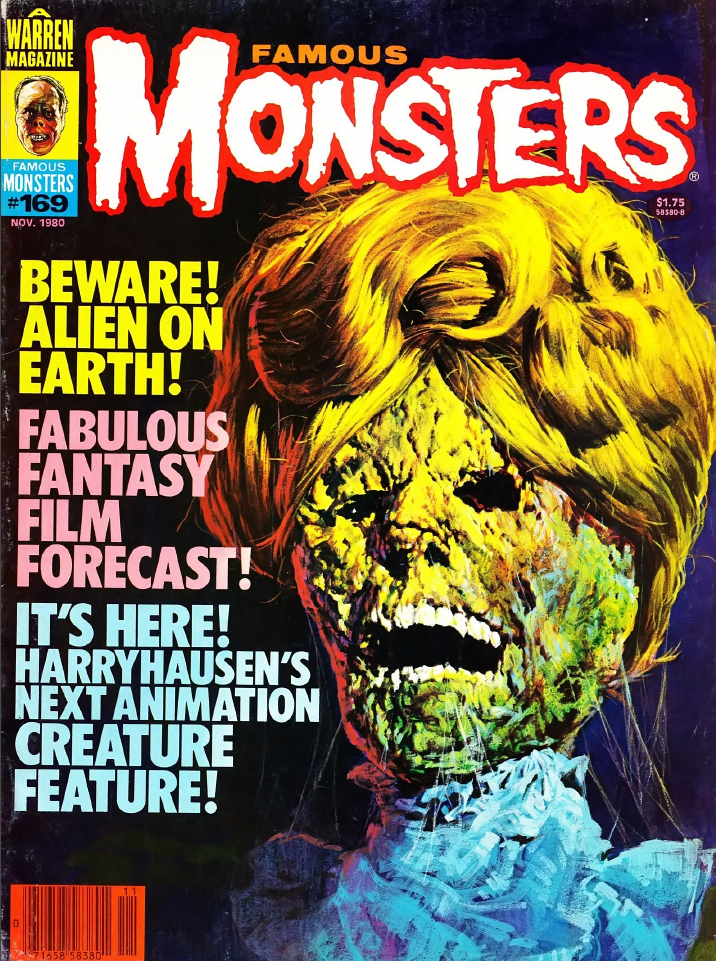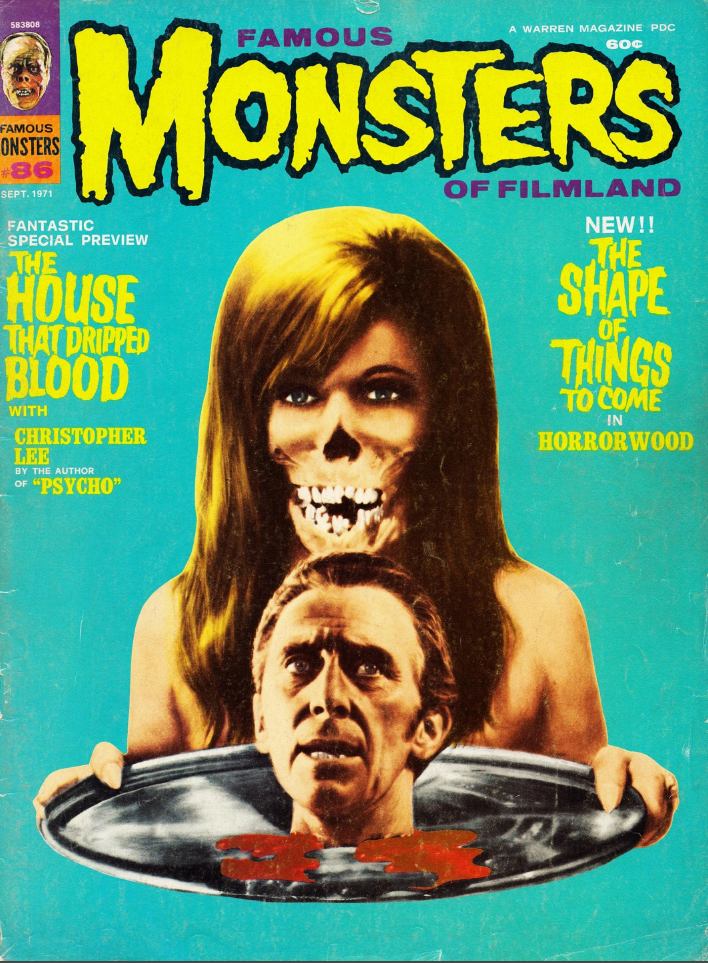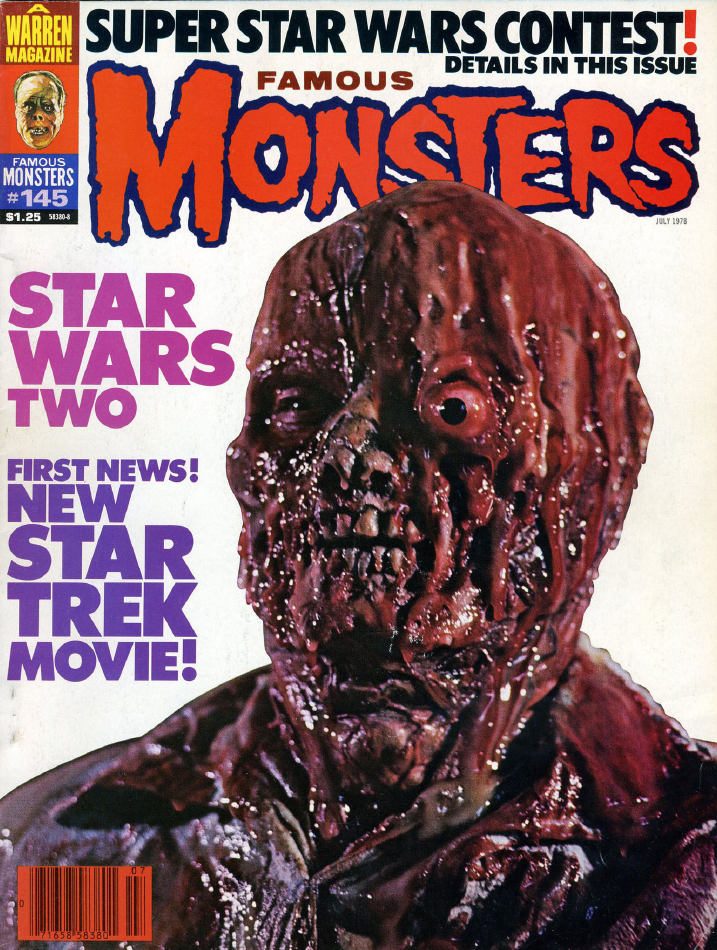Forest J Ackerman, also known as “Forry,” was a writer, editor, and collector who was instrumental in popularizing science fiction and horror in the 20th century. He is best known for his magazine, Famous Monsters of Filmland, which ran from 1958 to 1983 and helped to launch the careers of many of the top special effects artists in the industry.
The magazine began as a small fanzine, put together by Ackerman and a group of friends in his living room. However, it quickly gained popularity and grew into a full-fledged magazine with a circulation of over 200,000. Famous Monsters of Filmland covered all aspects of the horror and science fiction genres, from classic films to the latest releases. The magazine featured interviews with actors and filmmakers, behind-the-scenes stories, and reviews of new movies.
One of the most iconic features of the magazine were the covers, which were often illustrated by the legendary artist Basil Gogos. Gogos’ covers were known for their vibrant colors and striking images of monsters and other terrifying creatures. These covers are now considered collector’s items and are highly sought after by fans.
Famous Monsters of Filmland also helped to launch the careers of many special effects artists and makeup artists, such as Rick Baker, Tom Savini, and Rob Bottin. These artists often contributed to the magazine, providing behind-the-scenes stories and photographs of their work. The magazine was also one of the first to feature the work of Ray Harryhausen, the special effects artist who revolutionized stop-motion animation with films such as “The 7th Voyage of Sinbad.”
In addition to covering the horror and science fiction genres, Famous Monsters of Filmland also delved into fantasy, with features on J.R.R. Tolkien’s “The Lord of the Rings” and H.P. Lovecraft’s “Cthulhu Mythos.” The magazine was also one of the first to cover the work of George Lucas and Steven Spielberg, who would go on to become some of the most successful filmmakers of all time.
Despite its popularity, Famous Monsters of Filmland struggled financially in the late 1970s and early 1980s. The magazine went through a series of ownership changes before finally ceasing publication in 1983. However, the magazine’s legacy lived on through its readers and fans, many of whom went on to become filmmakers and special effects artists themselves.
In recent years, the magazine’s legacy has been given new life through the internet. In 2000, the Internet Archive began digitally archiving issues of Famous Monsters of Filmland, making them available to readers for free. Additionally, the website Cinemageddon has made a collection of the magazine available to read online, allowing new generations of fans to discover the magazine’s unique blend of horror, science fiction, and fantasy.
In conclusion, Forest J Ackerman’s Famous Monsters of Filmland was a pioneering magazine that helped to popularize the horror and science fiction genres in the 20th century. Its iconic covers and behind-the-scenes stories helped to launch the careers of many special effects artists and filmmakers. Today, the magazine’s legacy lives on through its availability on the Internet Archive and Cinemageddon, making it possible for new generations of fans to discover its unique blend of horror, science fiction, and fantasy.







